The Fed came, they saw, and they punted. Or, at least they tried to punt. The Federal Open Market Committee (FOMC) released its statement, which made the case for a rate hike if its key mandates were the only factors.
Consistent with its statutory mandate, the Committee seeks to foster maximum employment and price stability. The Committee currently expects that, with gradual adjustments in the stance of monetary policy, economic activity will expand at a moderate pace and labor market indicators will strengthen. Inflation is expected to remain low in the near term, in part because of earlier declines in energy prices, but to rise to 2 percent over the medium term as the transitory effects of past declines in energy and import prices dissipate and the labor market strengthens further.
However, the Fed has increasingly used events known and unknown as the final arbiter of their decisions. If these seem suspicious-it should; it’s too easy to use such rationale to avoid decisions promised or otherwise necessary. Apparently, it’s getting more difficult to do this as the Fed admitted as much in its communique.
Near-term risks to the economic outlook have diminished. The Committee continues to closely monitor inflation indicators and global economic and financial developments.
What’s making the Fed an even more dangerous entity that even goes beyond what I think is its unconstitutional existence, is the politically-driven decisions that supersede even the glaring flashing red lights on Janet Yellen’s infamous dashboard.
I don’t think the market would crumble if the Fed hiked rates; after conditioning the Street for months, and getting to the point where they appeared on the cusp of hiking rates (remember, there was supposed to be two or three in 2016), Yellen blinked.
Recommended
Sure, there could be some volatility; if it happened in the weeks leading to the election, it could tip the scales in a tight contest. Nonetheless, the Fed knew all of this when it veered off course early enough that a hike would have had a negligible political impact.
Now, the Street is modeling for a rate hike next March, which could be a real disaster. It’s time to kick the ball already.
|
FOMC Gatherings |
Chance of Hike |
Chance of Cut |
|
September 21, 2016 |
27.8% |
0.0% |
|
November 2, 2016 |
30.9% |
0.0% |
|
December 14, 2016 |
47.3% |
0.0% |
|
February 1, 2016 |
48.4% |
0.0% |
|
March 15, 2017 |
54.6% |
0.0% |
|
May 3, 2017 |
56.6% |
0.0% |
While the Fed dallies, money will continue to pour into U.S. Treasuries; who knows, maybe the 10-year yield will drift down to 1.0%.


















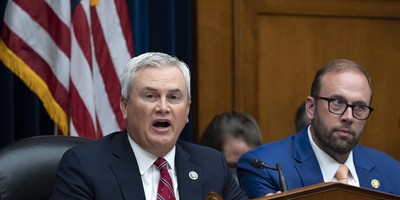


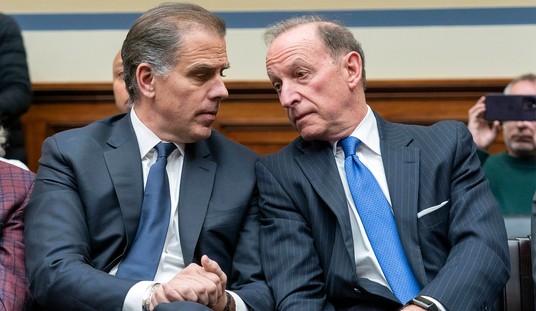
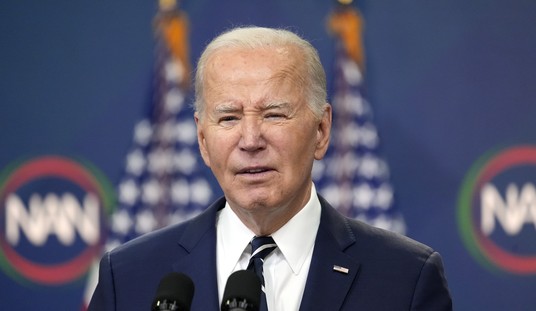
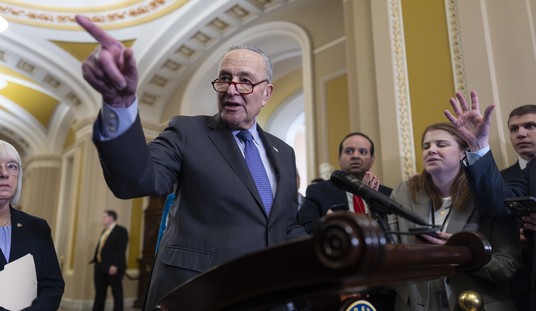
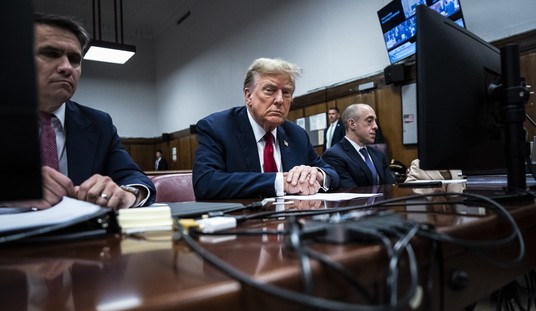
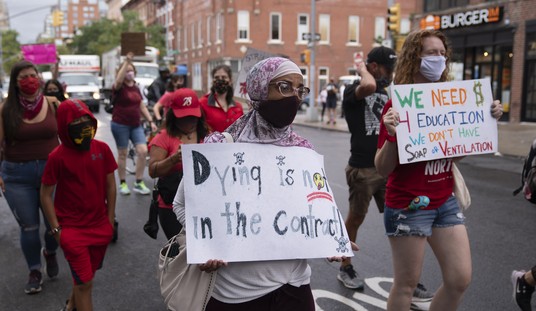
Join the conversation as a VIP Member